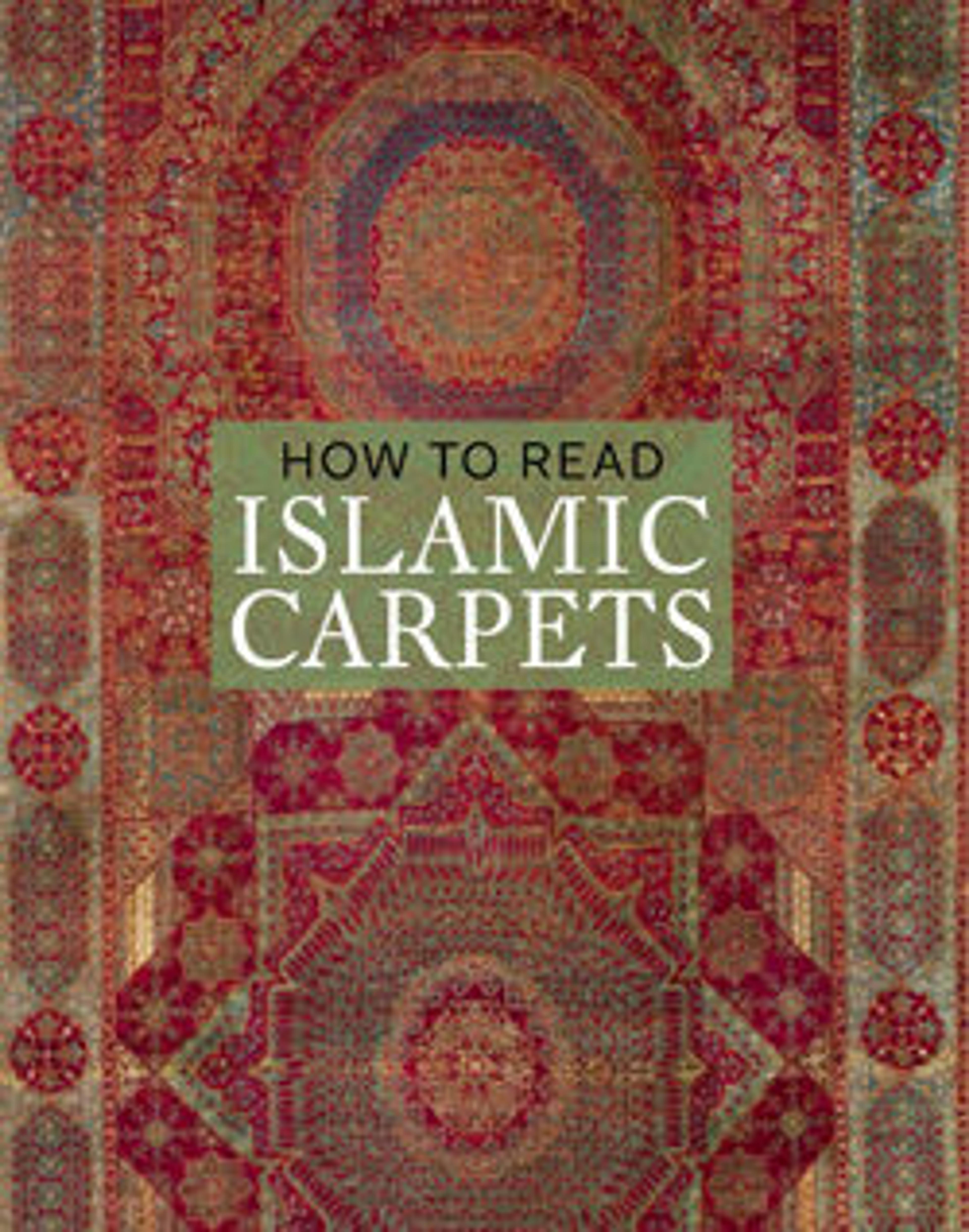Vase Carpet
This carpet overflows with naturalistically rendered flowers and plants, organized around one central medallion and four quarter- medallions in each corner. A similar medallion design can be seen on many decorative leather book covers from the same period, and it is likely that the manuscript design was incorporated into the visual repertoire of Safavid weavers. Artists working in the court atelier produced drawings and designs for artisans working in a variety of different media. The designs and trends generated by the court were then adopted by commercial workshops that created high-quality carpets like this one.
Artwork Details
- Title: Vase Carpet
- Date: 17th century
- Geography: Made in Iran, probably Kirman
- Medium: Cotton (warp), silk (weft), wool (weft and pile); asymmetrically knotted pile
- Dimensions: L. 81 3/4 in. (207.6 cm)
W. 57 3/4 in. (146.7 cm) - Classification: Textiles-Rugs
- Credit Line: Gift of Joseph V. McMullan, 1970
- Object Number: 1970.302.2
- Curatorial Department: Islamic Art
More Artwork
Research Resources
The Met provides unparalleled resources for research and welcomes an international community of students and scholars. The Met's Open Access API is where creators and researchers can connect to the The Met collection. Open Access data and public domain images are available for unrestricted commercial and noncommercial use without permission or fee.
To request images under copyright and other restrictions, please use this Image Request form.
Feedback
We continue to research and examine historical and cultural context for objects in The Met collection. If you have comments or questions about this object record, please contact us using the form below. The Museum looks forward to receiving your comments.
